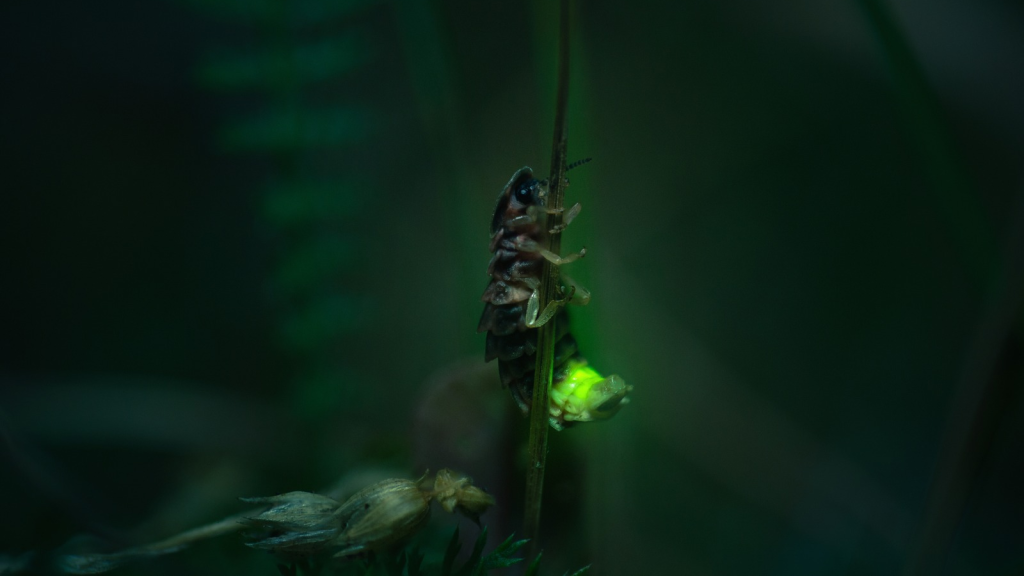Your British backyard is a bustling metropolis of tiny, often overlooked creatures. While you might spot the occasional robin or hedgehog, there’s a whole world of bizarre and fascinating life forms right under your nose. From minuscule monsters to peculiar plants, these garden dwellers might seem like they belong in a sci-fi movie rather than your flower beds. But make no mistake – these weird and wonderful organisms are very real, and they’re probably living in your garden right now. Let’s take a closer look at 15 of the strangest creatures you might find lurking in your own backgarden.
Tardigrades (Water Bears)
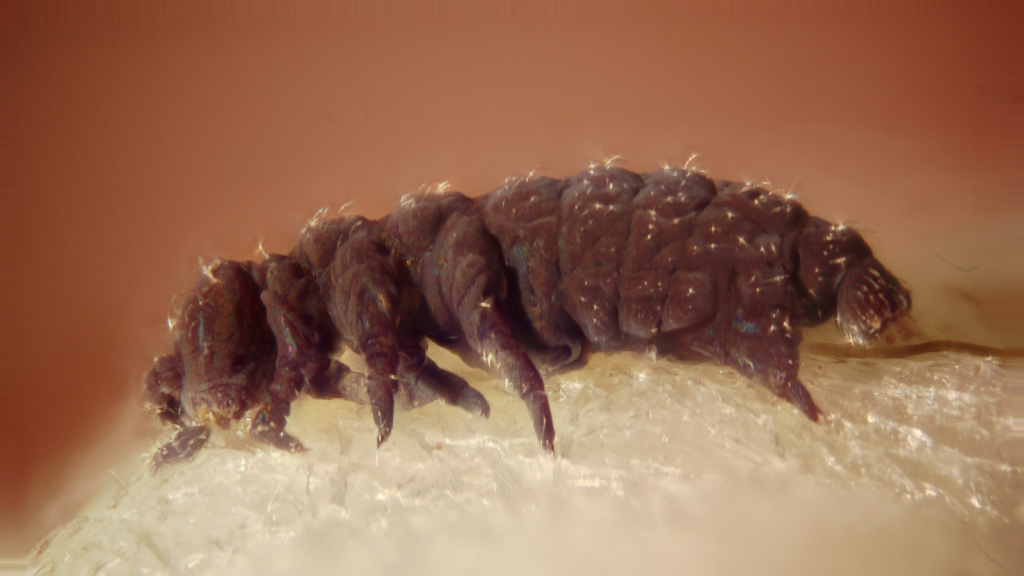
Tardigrades, also known as water bears, are microscopic animals that look like eight-legged bears. These tiny creatures can survive extreme conditions, including outer space! They’re found in damp areas of your garden, like moss or soil. Tardigrades can enter a state of cryptobiosis, essentially shutting down their metabolism to survive harsh environments. These resilient creatures can withstand temperatures from near absolute zero to over 150°C, making them one of the toughest animals on Earth.
Slime Molds
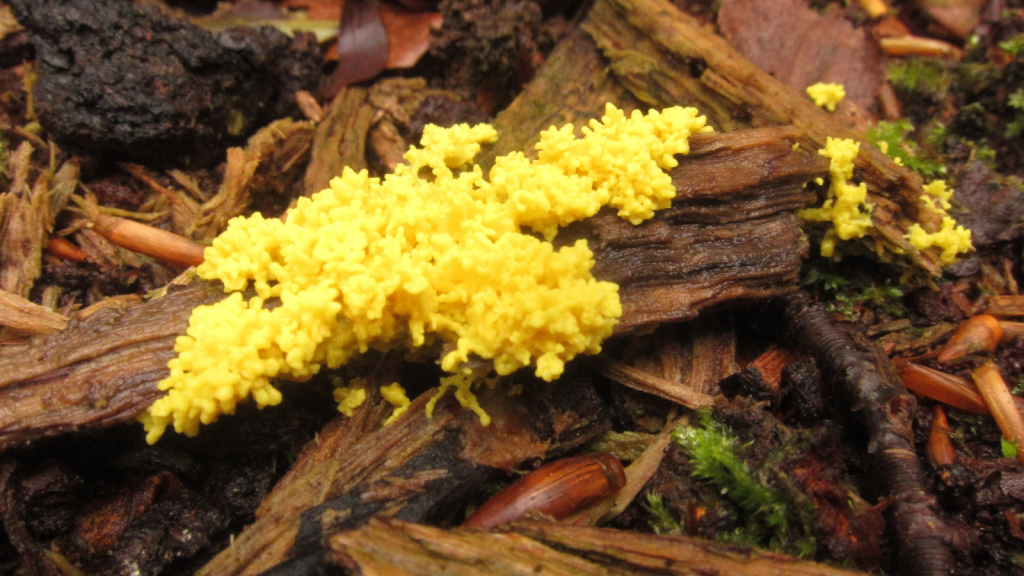
Slime molds are neither plants nor animals, but strange, amoeba-like organisms. They can move, albeit slowly, and some species can merge into a single, large organism. You might spot bright yellow or orange slime molds on damp logs or mulch in your garden. These bizarre life forms can solve mazes and remember past experiences, despite lacking a brain. Some species of slime mold can find the most efficient route between food sources, outperforming some computer algorithms.
Jumping Spiders
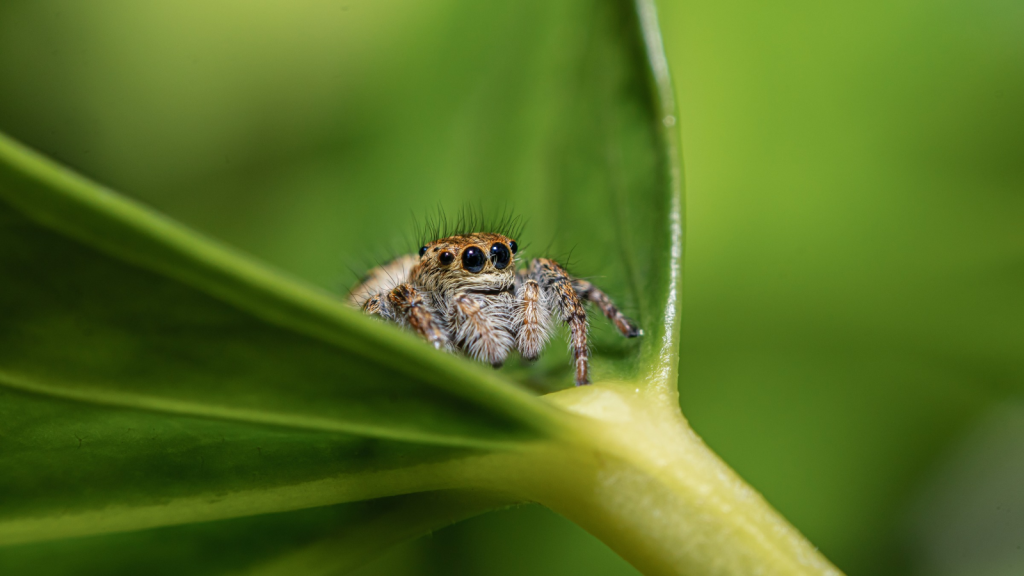
Jumping spiders are the acrobats of the arachnid world. With their large, forward-facing eyes, they almost look cartoon-like. These spiders don’t build webs but instead stalk and pounce on their prey. Some species can jump up to 50 times their body length! Jumping spiders have excellent vision, able to see in color and perceive depth, which is unusual among invertebrates.
Glow Worms

Glow worms aren’t actually worms, but the larvae of certain beetle species. These luminous larvae use bioluminescence to attract prey or mates. You might spot their eerie blue-green glow in damp areas of your garden at night. Some species can glow for hours at a time. In the UK, the most common glow worm is Lampyris noctiluca, where only the females glow to attract flying males.
Hummingbird Hawk-Moths
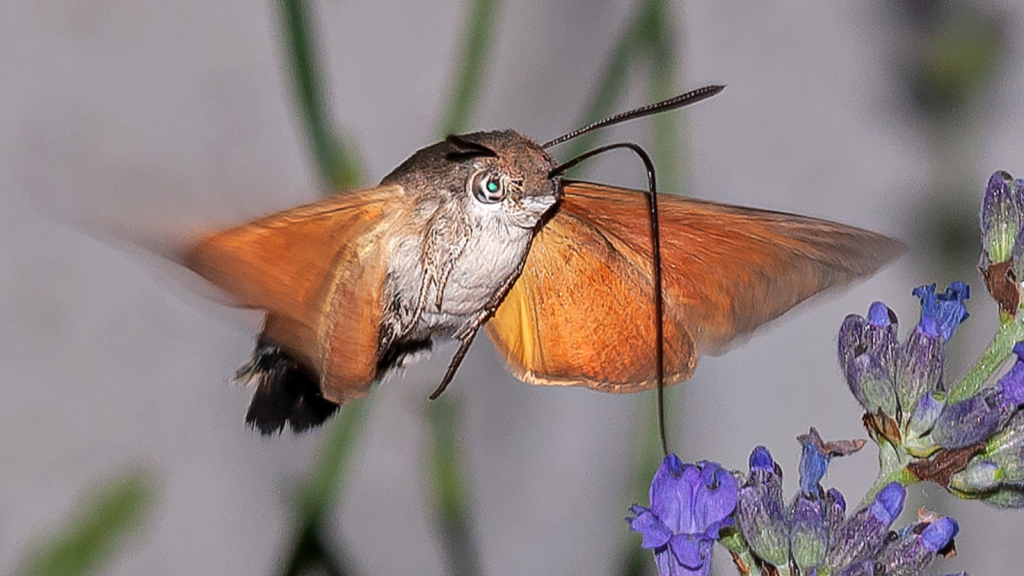
At first glance, you might mistake a hummingbird hawk-moth for a tiny hummingbird. These fascinating insects hover in front of flowers, sipping nectar with their long proboscis. They can fly backwards and sideways, just like hummingbirds. Their wings beat so fast they produce an audible hum. Hummingbird hawk-moths have an excellent memory for flowers, returning to the same feeding spots at the same time each day.
Devil’s Coach Horse Beetle
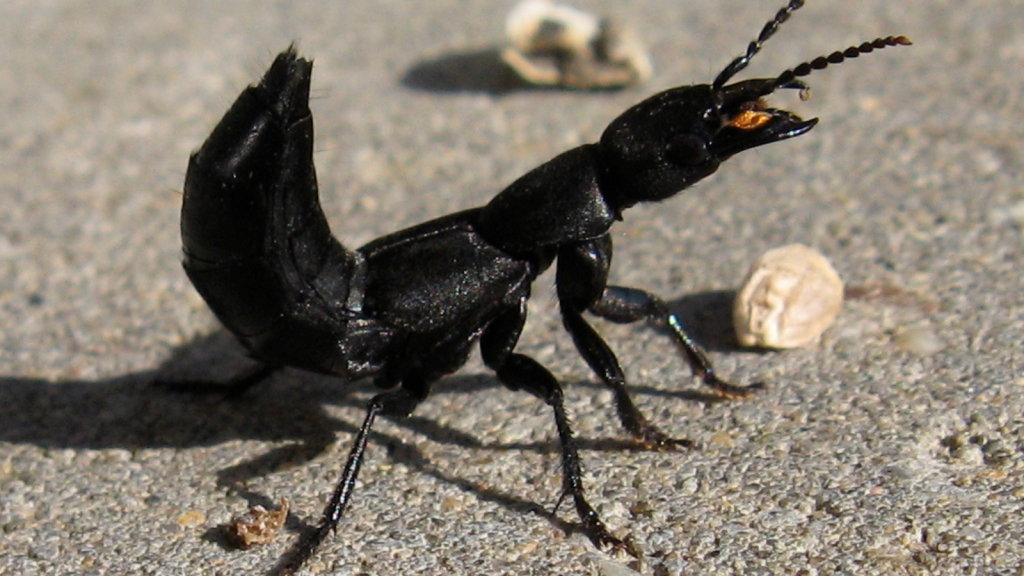
This large rove beetle looks like it’s straight out of a nightmare. When threatened, it raises its tail like a scorpion and opens its jaws menacingly. While it can’t sting, it can give a painful nip with its strong mandibles. These beetles also release a foul-smelling substance as a defense mechanism. Despite their fearsome appearance, Devil’s Coach Horse beetles are beneficial predators in gardens, feeding on slugs, snails, and other pests.
Lacewings
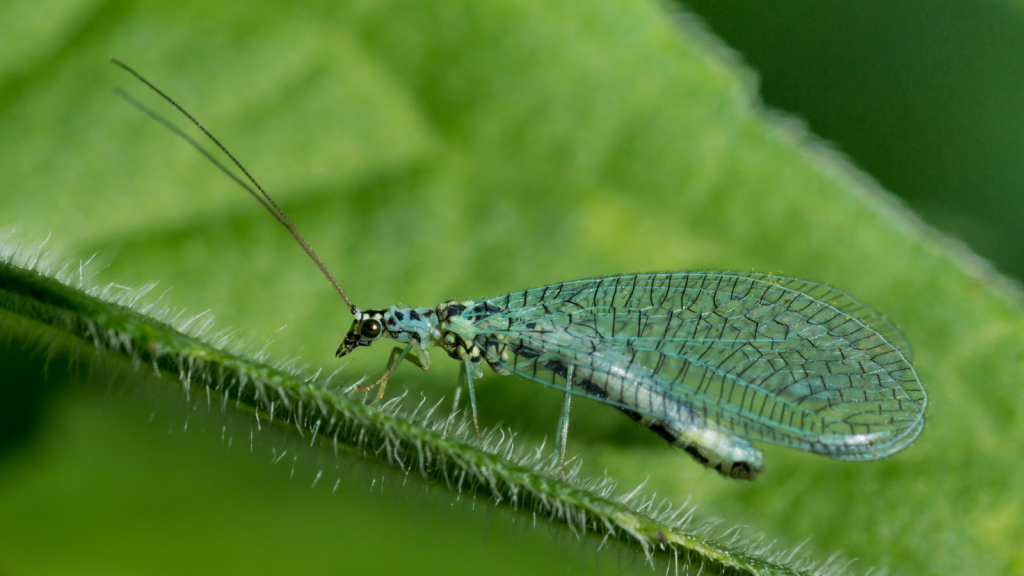
Lacewings are delicate, green insects with intricate, transparent wings. While the adults are pretty, their larvae are downright alien. Often called “aphid lions,” these larvae cover themselves with debris and the carcasses of their prey for camouflage. They’re voracious predators of garden pests. A single lacewing larva can eat up to 200 aphids or other small insects in a week, making them excellent natural pest controllers.
Leopard Slugs

These large slugs can grow up to 20 cm long and are covered in distinctive leopard-like spots. During mating, leopard slugs perform an acrobatic dance, hanging from a thread of mucus while entwining their bodies. They’re hermaphrodites, meaning each slug has both male and female reproductive organs. Despite their pest reputation, leopard slugs actually help gardens by eating dead plant matter and fungi, and they even prey on other slug species.
Woodlice
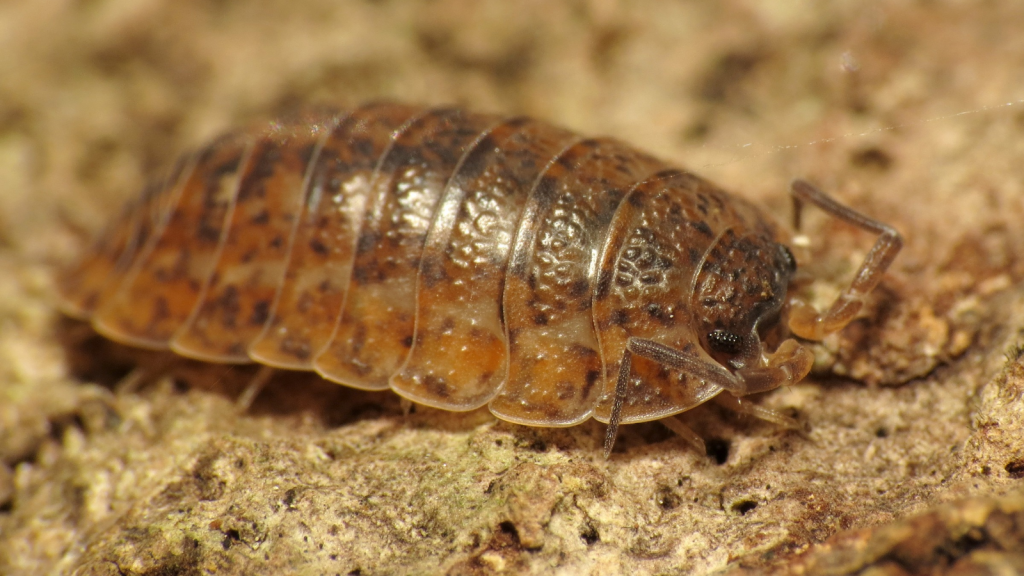
Also known as pill bugs or roly-polies, these crustaceans are more closely related to shrimp than insects. Some species can roll into a perfect ball when threatened. Despite their land-dwelling habits, woodlice breathe through gills and need moisture to survive. Woodlice play a crucial role in decomposition, breaking down dead plant material and returning nutrients to the soil.
Oil Beetles
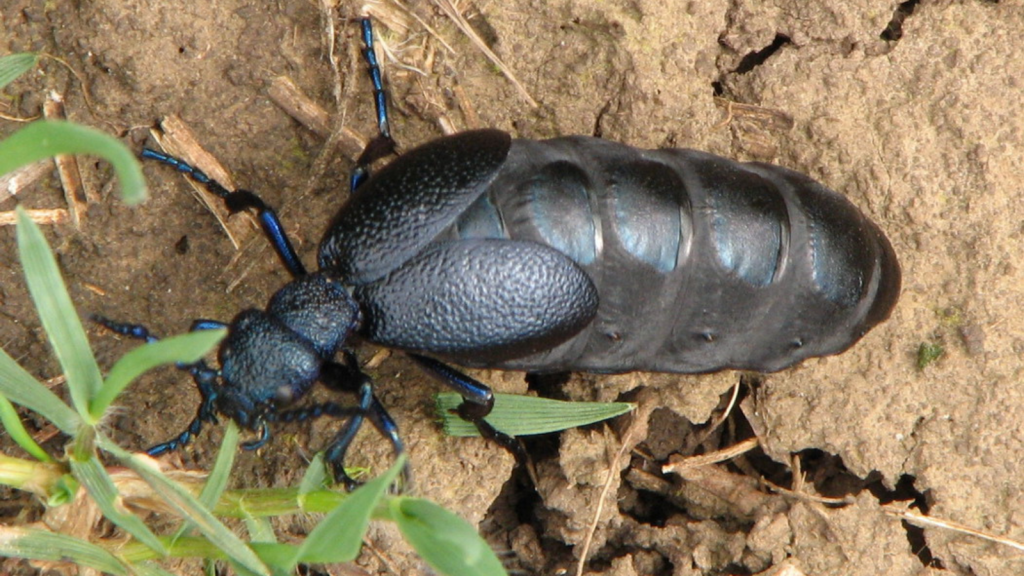
These large, flightless beetles have a bizarre life cycle. Their larvae, called triungulins, wait on flowers to hitch a ride on a bee. They then travel back to the bee’s nest to feed on its eggs and honey. Oil beetles get their name from the oily substance they secrete as a defense mechanism. This oily substance contains cantharidin, a toxic chemical that can cause skin blistering in humans if handled carelessly.
Cockchafer Beetles
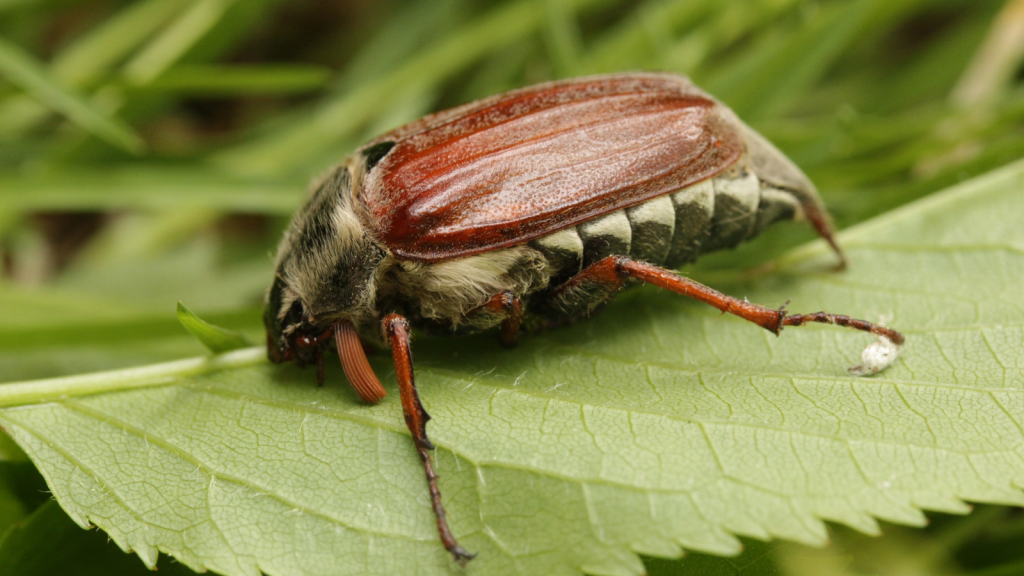
Also known as May bugs, these large beetles have fan-like antennae that they can fold and unfold. The larvae, called white grubs, live underground for several years before emerging as adults. Despite their intimidating size and loud flight, they’re harmless to humans. Cockchafers were once so numerous in Europe that they were considered major agricultural pests, but their populations have declined significantly due to pesticide use.
Stag Beetles

Male stag beetles sport enormous mandibles that look like deer antlers. These impressive jaws are used for wrestling with other males, but are actually quite weak. Stag beetles spend most of their lives as larvae, living in rotting wood for up to seven years before emerging as adults. They’re one of the UK’s largest insects, with males reaching up to 7.5 cm in length, but sadly, they’re now a protected species due to habitat loss.
Harvestmen
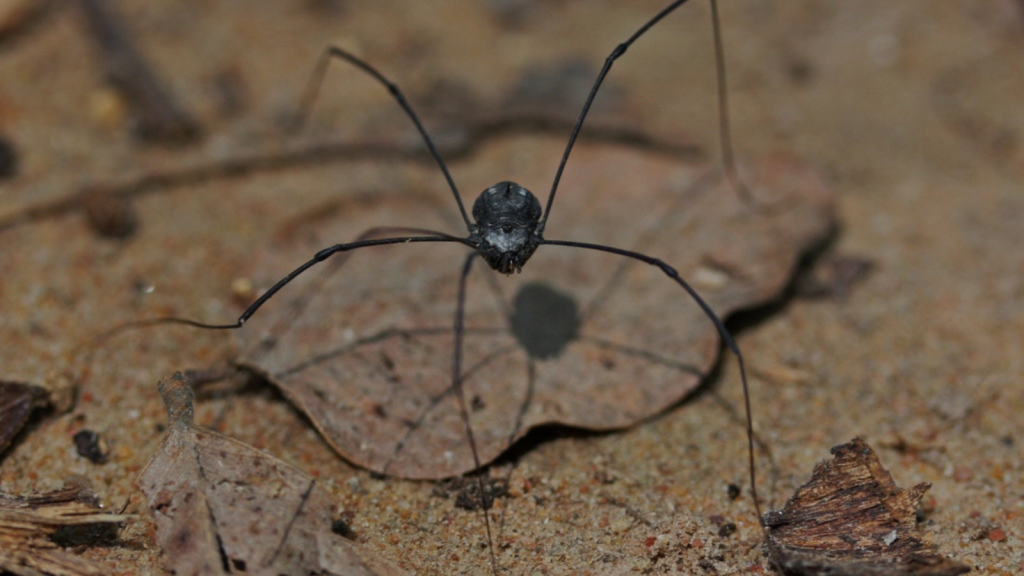
Often mistaken for spiders, harvestmen (also called daddy longlegs) are actually more closely related to scorpions. Unlike spiders, they have fused body segments and no silk glands. Some species can detach their legs to escape predators, and the detached leg will continue to twitch, distracting the predator. Harvestmen are omnivorous and play a role in controlling garden pests, as well as cleaning up dead plant and animal matter.
Wax Moths
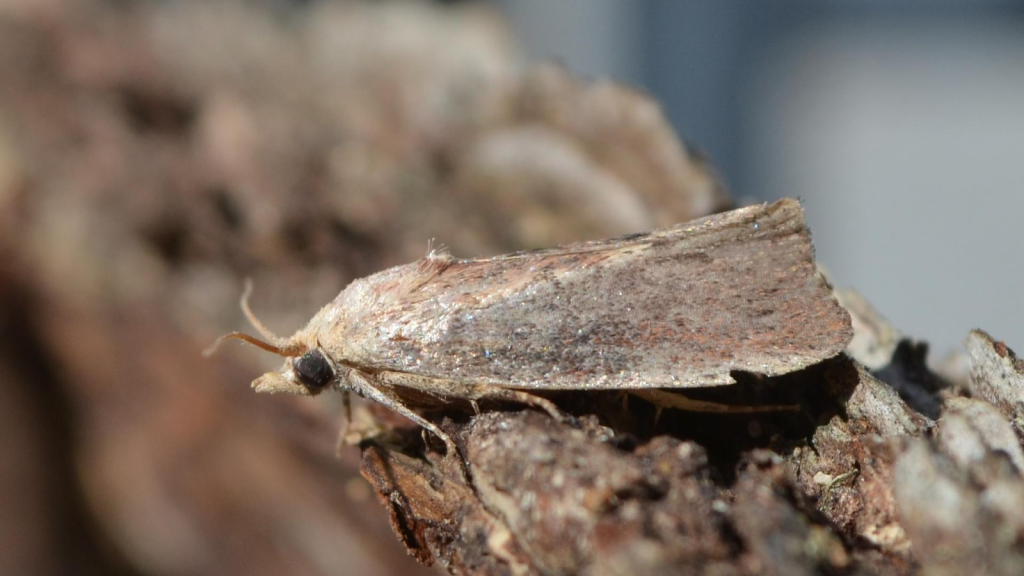
While the moths themselves are unremarkable, their larvae have a unique diet: they eat beeswax. In nature, they’re important decomposers of abandoned beehives. Some species can hear and respond to ultrasonic bat calls, a rare ability among insects. Wax moths have been studied for their potential in biodegrading plastic, as their larvae can break down certain types of plastic bags.
Bloody-nosed Beetles

These flightless beetles get their name from their unusual defense mechanism. When threatened, they exude a red liquid from their mouth that looks like blood. This liquid is actually made up of toxic chemicals that deter predators. Despite their inability to fly, they’re excellent climbers. Bloody-nosed beetles are important herbivores in chalk grassland ecosystems, feeding on plants like bedstraw and helping to maintain plant diversity.

